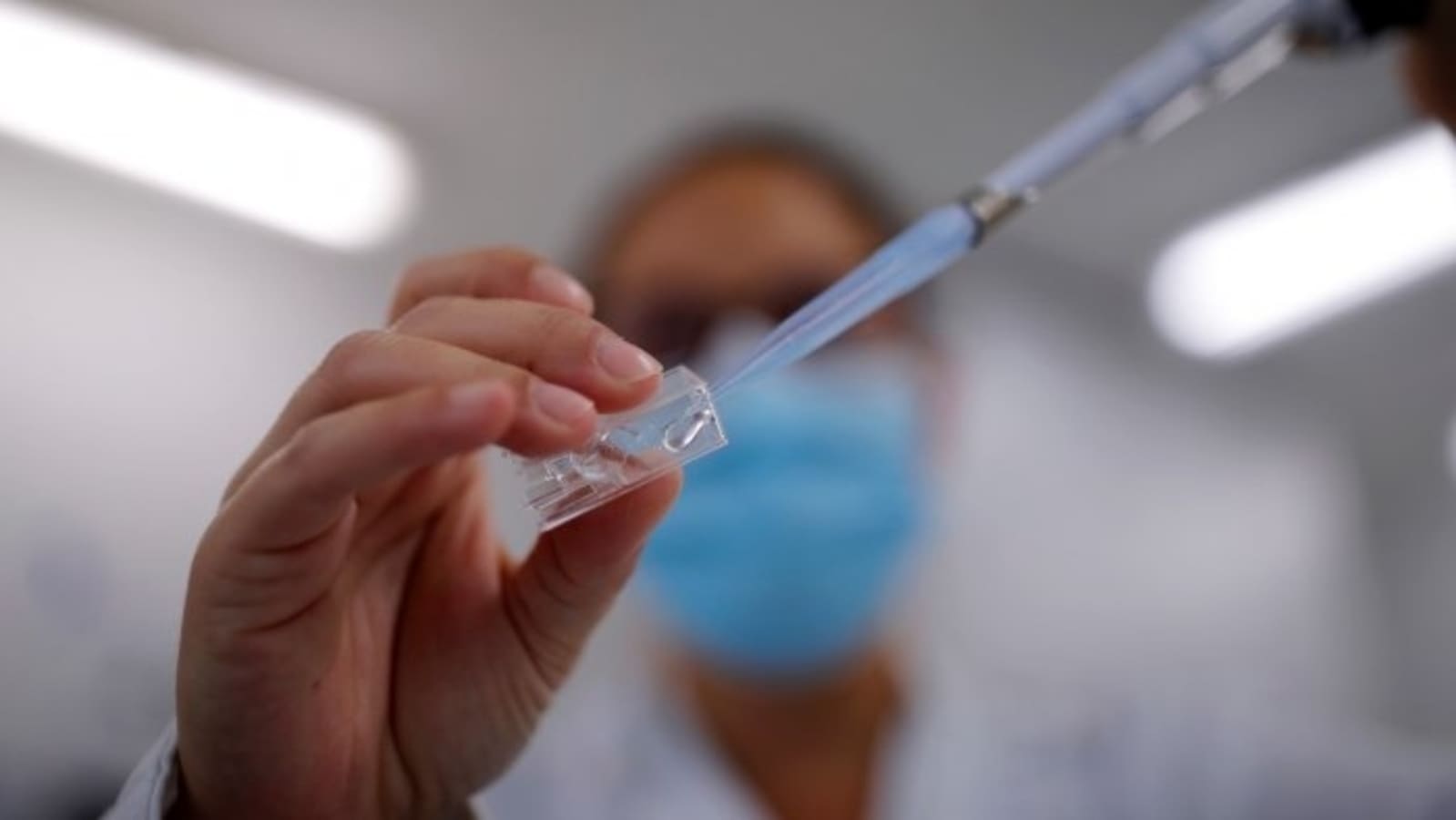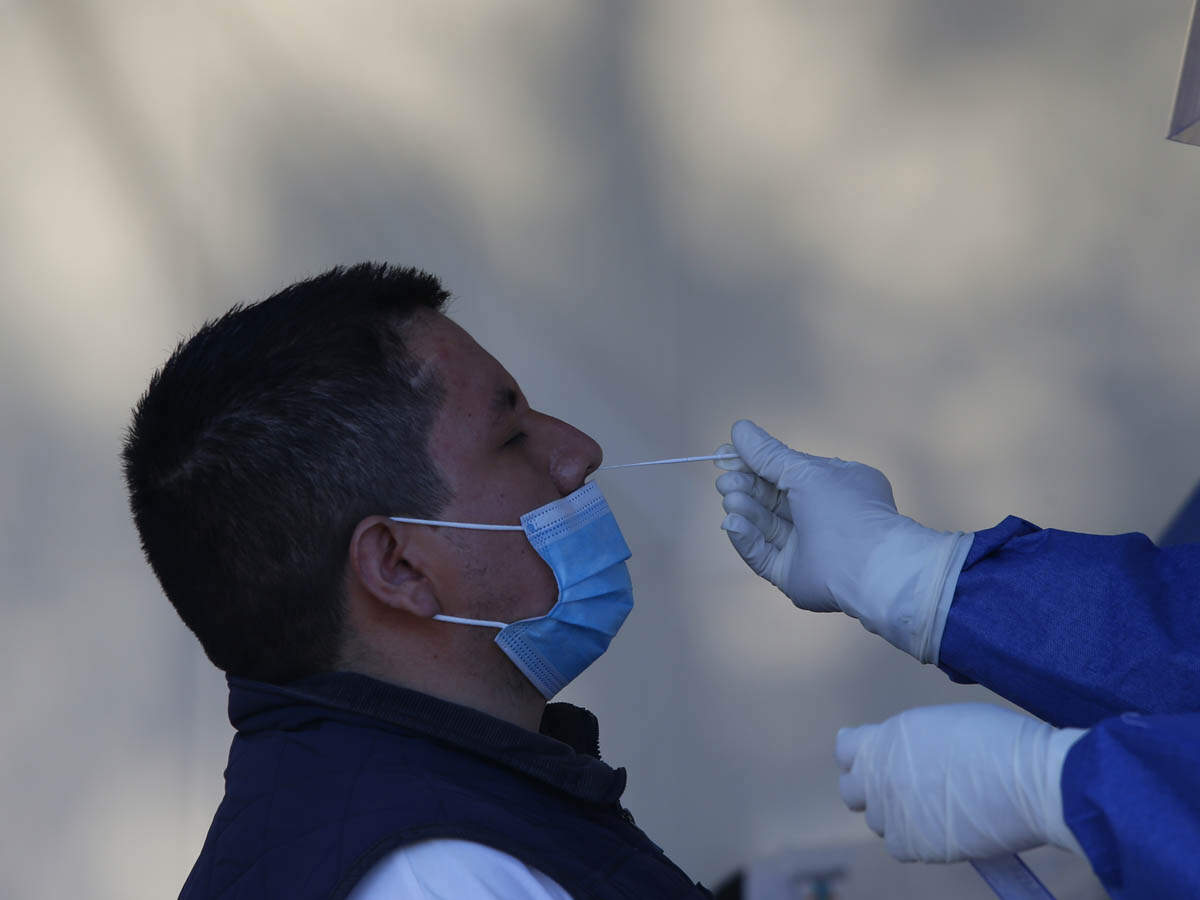The vaccination drive in India was started in January this year. The first vaccine was administered on 16 January. As of 21st October 2021, India has administered one billion Covid-19 vaccine jabs. This milestone was achieved 278 days after the start of the vaccination drive in January. For now, India has fully vaccinated about 291 million of the eligible population which makes 30% of the eligible population and around 700 million people have taken the first jab of the Covid-19 vaccine.
The milestone of vaccinating one billion people makes India the second country after China to reach this benchmark. Keeping the population of India in mind and experiencing all the hurdles the general public had to face to get single shots for the deadly virus, this benchmark of a billion shots does not fascinate the people on ground level.

Shortage of vaccines, miscommunication, and misinformation around the shots, non-availability of the digital slots, and zero to less excess to information regarding the drives in the marginalized sectors of rural India with less digital knowledge, it won’t be wrong to hold the government accountable for this incompetent management in the vaccination drives that resulted into a very slow pace start of administering vaccine into people of India.
The World Health Organization has been working on the 2nd generation of the Covid-19 vaccine shots in the form of nasal and oral sprays. Soumya Swaminathan, WHO’s chief scientist, said 129 different candidate vaccines had gone through clinical trials and been tested on humans.
Apart from these, 194 samples are still in development in the laboratories. She also highlighted how this new generation of vaccines would prove to be more advantageous than the injection shot as it would be easier to deliver and can even be self-administered. This could be a crucial advancement in overcoming the dawdling pace of the vaccination.

Ms Swaminathan also talked about this new generation of the vaccine while having a live interaction on WHO social media channels. She said this 2nd range of vaccines covers the entire range of technologies. These are still in development, and they are hoping that some would prove to be very safe and efficacious and some might not. She also talked about the vaccines being oral or intranasal, which can be administered on its own rather than an injectable. This is one of the major advantages. This will reduce the stress and workload on the health professionals and the entire health sector, plus convenience for the general public.
She said they’ll choose the ones that are the most appropriate for human use. She further mentioned that if not for the Covid-19 vaccine, they will plan to use these platforms for other infections in the future and the benefit of spraying vaccines in a few countries with influenza.

“If there’s a local immune response, then it will take care of the virus before it even goes and establishes itself in the lungs and starts causing a problem,” Swaminathan said.
WHO till now has given emergency use authorization to seven vaccines. These are the vaccines created by Pfizer/BioNTech, Moderna, AstraZeneca, Sinopharm, Sinovac, Johnson & Johnson, and Bharat Biotech. “Till now, with the vaccines that we have approved, there has not been any signal which has been so worrying that we need to say, well, we need to re-think this vaccine,” she said.
According to the AFP count, more than 7.25 billion vaccine doses have been administered around the world. This could be an advanced and crucial step to overcome the vaccination gap.
Also Read: With 16 new Zika virus cases, Kanpur crosses the 100-mark.
















